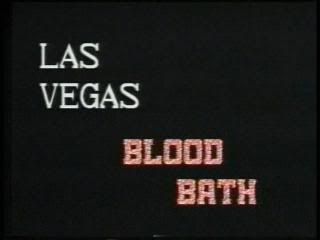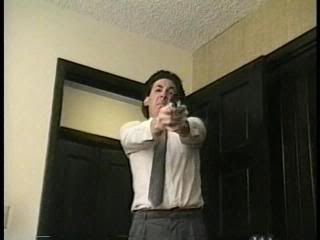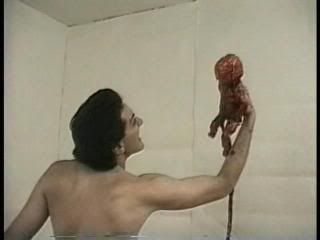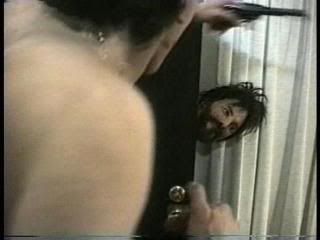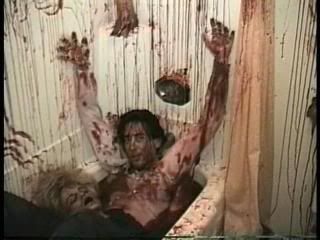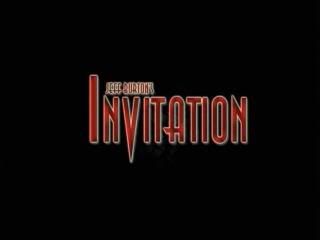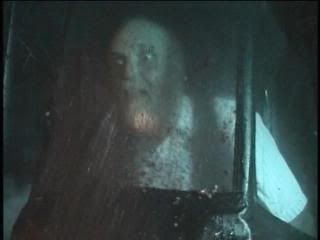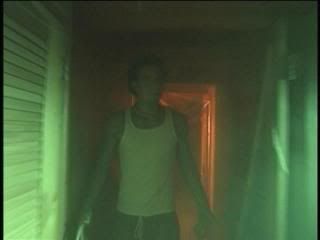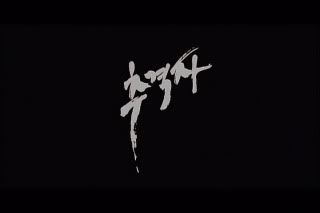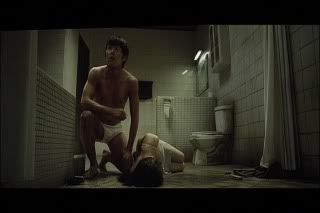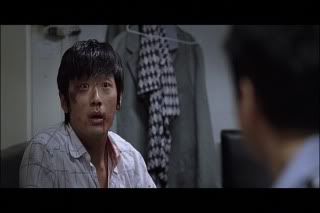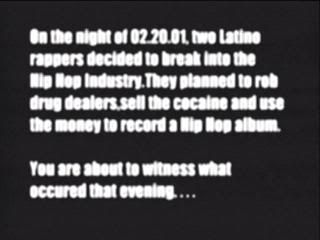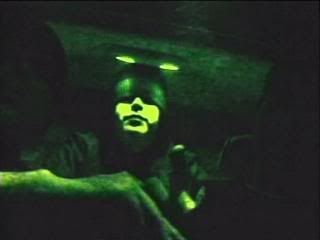Comedic tributes to zombie films have gotten all of the ink (and films) over the last decade or so, but the zombie film's neglected Italian cousin - the cannibal film - has been left to stew on the sidelines. Perhaps this is because that cannibal films have never crossed over into the mainstream the way that a Dawn Of The Dead or a 28 Days Later have been able to, and they've never led to the level of slavish devotion from fandom, where even the most notable film - likely Ruggero Deodato's Cannibal Holocaust - can only negligibly be referred to as a quality film. Thankfully, we live in the age where a group of motivated individuals on a small budget can create a comedy tribute to an unfortunately derided, and often ignored, genre. Isle Of The Damned is presented as an actual product of the early 80s, directed by the mysterious Italian Antonello Giallo and banned in (as the poster screams) 492 countries! In reality, it's the folks at Dire Wit Films who have crafted the film: part parody, part excuse for general silliness, but all with tongue firmly in cheek. While the success rate of the humor is mixed, the very fact that such a film exists - and has been put together with such an obvious love for the genre - is quite the accomplishment.
P.I. Jack Steele (Larry Gamber) is, along with his adopted son Billy (Peter Crates), helping the devious explorer Harold Thompson (Patrician Rosa) track down the lost treasure of Marco Polo in Argentina. The final stage of their trip takes them to a (not quite) deserted island filled with the Cannibal Yamma Yamma tribe, who proceed to chow down on their crew in a variety of gruesome ways before the three are rescued by the mysterious Alexis Kincaid, an anthropologist with a mysterious past. The villainous Thompson refuses to leave the island without the treasure, leading to a gory finale where the cannibals dish out punishment to those that remain.
Shot on video, the Dire Wit crew have added various bits of grain and film damage to make Isle Of The Damned look appropriately aged, and the opening credits - featuring a plethora of (fake) Italian names and a funky, synthy main theme - work well to capture the look of the films being aped. The actual characters, however, wear ridiculous fake mustaches and wigs, and are - in tribute to the bad dubbing of most Italian genre films - dubbed with ridiculous, often inappropriate voices. The dubbing gag gets a bit tiresome after a short while (except for the Ewok sounds that come from the tribe members) and the rather broad humor - with its reliance on sodomy, rape, and poop jokes - doesn't always work and it's a shame that it wasn't a bit more subtle. That said, there's an obvious attempt to gain appreciation outside of the small audience that enjoys cannibal films, and that is certainly understandable.
It's no surprise that a film about people being eaten would be pretty violent, and there's plenty of inventive - and thankfully not too realistic - gore to go around, most notably a nasty scene of a fetus being cut from a woman's stomach (slightly more realistic than Las Vegas Bloodbath), and a penis severing that might still make a few folks squirm. There's also lots of folks' insides being pulled outside, as well as other various scenes of debauchery. There's some brief nudity, and some rather ridiculous sex scenes - consensual and otherwise - but it's the gore that takes center stage.
Acting quality is a little difficult to judge, as the performers are obviously doing their best to over-act, gesticulating wildly to go along with the dubbing. Surprisingly, though perhaps thankfully, there are no direct references to the real animal violence which often goes hand in hand with the genre, though there are some great scenes of exotic animals, obviously filmed elsewhere, edited into the exploits - as well as perhaps the (intentionally) least convincing spider in cinema history.
The DVD for Isle Of The Damned comes with a number of special features, but unfortunately most are pretty flimsy and don't contain much content. First up is a short "interview" with Luigi Giallo, the supposed son of the director of the film. It's ridiculous, but amusing and thankfully short though not something you're likely to return to. Next is The Shameless Art Of Self Promotion, which features the (actual) creators going to an horror convention to attempt to sell merchandise. It's actually a fascinating idea, and could have been rather enlightening, but aside from a few brief interviews with those wandering by it's pretty lame. A great teaser trailer for Isle Of The Damned, taking some elements from the trailer for H.G. Lewis' Blood Feast, is included, as well as the full length trailer. Best of all is a fake trailer for Post Modem, a terrific looking tribute to Italian giallos with a little sci-fi thrown in for good measure. There's also a teaser trailer for Antonio Giallo's previous film Pleasures Of The Damned which seems to tread similar ground as the main feature. There's also a short message from Professor Livingstone assuring us that we are witnessing real acts of cannibalism. Thanks, Professor.
While a legit commentary would have been great, we instead get an abbreviated commentary from The Insultor (the dubbed voice for Jack Steele's character) and his cousin Clarence. Not very amusing, unfortunately, and quite tiresome after a short amount of time.
Far from restrained, Isle Of The Damned is an amusing, sometimes inspired spoof of the cannibal genre that eventually wears out its welcome, but still has plenty to enjoy for patient fans of the genre. A great soundtrack, plenty of gore, and enough amusing moments certainly merit a watch. It's just a shame that the special features couldn't be a bit more illuminating, as the film looks like it was a blast to make.





